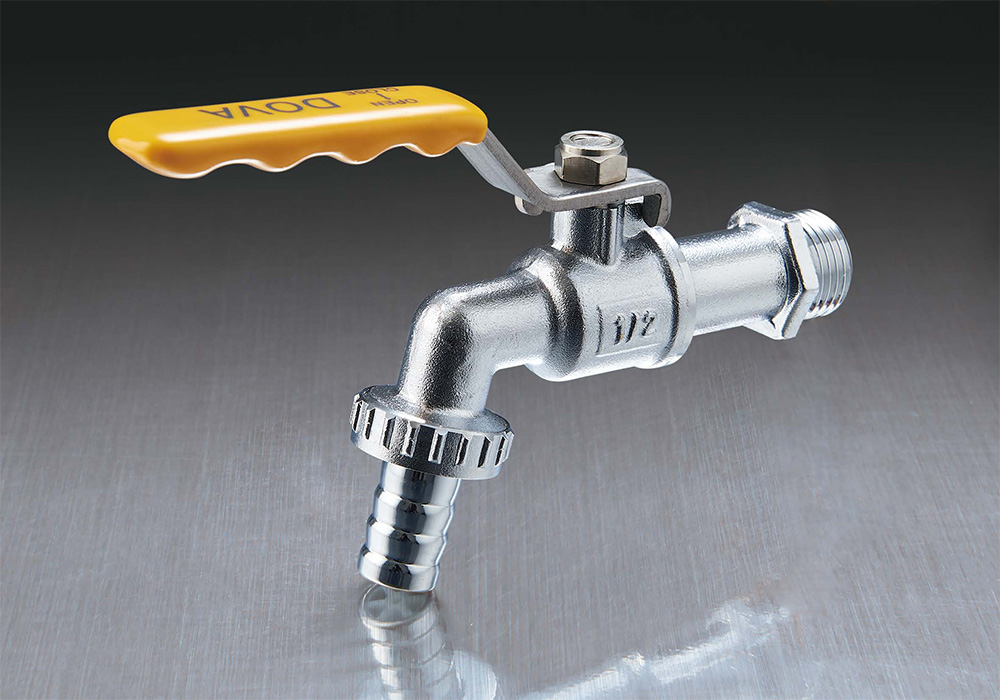2025-05-23
Brass bibcocks are one of the commonly used types of outdoor faucets. These durable, reliable fixtures are essential for controlling water flow in gardens, garages, and other outdoor areas. Choosing the right brass bibcock can ensure both functionality and longevity, helping you avoid frequent replacements or costly repairs.

The material of a brass bibcock is one of the important factors to consider, as it directly impacts its durability, corrosion resistance, and performance. Brass is widely regarded as a high-quality material because it combines strength with resistance to corrosion. However, the composition of the brass can vary, with some having a higher percentage of copper, which improves resistance to rust and corrosion.
Applications: Ensure the brass bibcock is made from high-quality brass, especially if it will be exposed to harsh weather conditions or high-frequency use. It is worth investing in a bibcock made from solid brass or forged brass, as these types tend to last longer and perform better in outdoor environments.
Consideration: Verify whether the brass bibcock is lead-free if you're concerned about environmental factors or drinking water quality, especially if the faucet will be used in areas where potable water is involved.
The handle of a brass bibcock can vary significantly depending on the design. The type of handle affects both ease of use and longevity. Common types of handles include lever handles, wheel handles, and T-handle designs.
Lever Handles: Lever handles are typically easier to operate, especially in situations where users may have limited hand strength. They are ideal for locations where the faucet needs to be turned on and off frequently.
Wheel Handles: These are more traditional, providing a classic design that offers a firm grip, especially in applications where precise control over water flow is needed.
T-Handles: T-handles are simple and durable, and they are often found on heavier-duty bibcocks used in industrial or agricultural settings.
Consideration: Think about your personal comfort when selecting the handle type. If the faucet will be operated frequently, a lever handle might be the practical choice for ease of operation.
One of the critical factors in choosing the right brass bibcock is ensuring that it matches the thread size and fitting type of the pipe you are connecting it to. Brass bibcocks typically come with either male or female threaded connections. If you are replacing an old bibcock, it is essential to measure the thread size before purchasing a new one.
Male or Female Threads: Male-threaded bibcocks have threads on the outside, while female-threaded bibcocks have threads on the inside. Ensure the thread type on the bibcock matches your piping system for a secure connection.
Consideration: If you are unsure about the thread sizes, consult a plumbing professional or refer to the manufacturer's guidelines. In some cases, adapters may be available to help match different sizes, but it's better to choose a bibcock that fits your system directly.
The ability to control the flow of water is crucial for efficient water management. Brass bibcocks come in different flow control designs, including full-flow and restricted-flow models.
Full-Flow Models: These models allow water to flow freely without any obstruction. Full-flow brass bibcocks are ideal for situations where high water pressure is needed, such as in garden irrigation systems or car washing.
Restricted-Flow Models: These models are designed to limit the water flow, which can be beneficial for conserving water and ensuring that the water pressure doesn't become too high for the system.
Consideration: Think about the intended use of your brass bibcock and whether flow control is a critical factor. For residential outdoor applications, a full-flow model may be preferred. However, if water conservation is important, or you are concerned about pressure, a restricted-flow option may be better suited for your needs.